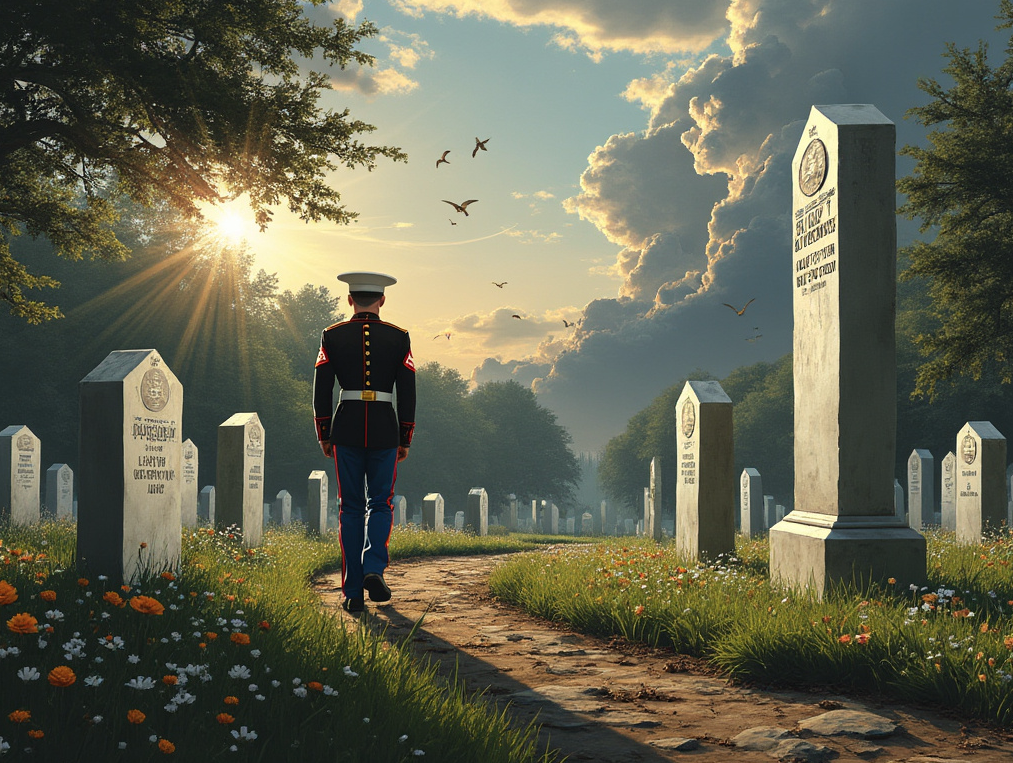- Ancient Roots: The practice of leaving coins on graves, which has become associated with military graves, can be traced back to ancient times. In Roman culture, coins were placed in the mouth of the deceased to pay the ferryman Charon for passage across the River Styx. This tradition, while not directly linked to modern military practices, reflects a similar sentiment of ensuring safe passage for the soul.
- Evolution in the U.S. Military: During the Vietnam War, leaving coins on graves became a way for soldiers to honor their fallen comrades quietly, especially in a time when the war was deeply divisive at home. This act communicated respect and remembrance, allowing soldiers to express solidarity without words.
- Formal Recognition and Policy: The U.S. government’s approach to commemorating its military dead has evolved significantly:
- Post-Civil War: After the Civil War, the U.S. government began the systematic marking of graves with headstones, initially with wooden markers, which were later replaced with durable stone markers due to their perishable nature. This was part of a broader effort to honor the Union dead, leading to the establishment of national cemeteries.
- Legislation for Headstones: By 1873, Congress allocated funds for headstones made of “durable stone,” marking a shift towards permanent memorialization. This legislation was expanded over the years to include veterans from all wars, not just those who died in service but also those who passed away after their service.
- Symbolism and Tradition:
- Coins on Graves: The custom of leaving coins has specific meanings: a penny means you visited, a nickel indicates you trained at boot camp with the deceased, a dime suggests you served with them in some capacity, and a quarter means you were there when they died. This practice, while not officially recognized by the military, has become deeply ingrained in military culture.
- Design and Material: Over time, the design of headstones has standardized, with materials like marble or granite chosen for their durability. The inscriptions typically include the name, rank, unit, and sometimes a personal epitaph or religious symbol, reflecting the individual’s life and service.
- Modern Practices: Today, the Department of Veterans Affairs oversees the provision of headstones for veterans, ensuring that every veteran’s grave can be marked appropriately. This includes options for flat markers, upright headstones, and even niche covers for those interred in columbaria.
- Cultural Impact: The reverence for military graves has permeated American culture, with events like Memorial Day focusing on decorating graves with flags, flowers, and coins. This act of remembrance not only honors the individual but also serves as a collective acknowledgment of sacrifice.
This story of gravestones for U.S. Marines and other military personnel is not just about the physical markers but about a cultural tradition of respect, remembrance, and a nation’s commitment to never forget those who served. From ancient rituals to modern military honors, these stones stand as silent sentinels to the lives and sacrifices of those who served their country.

